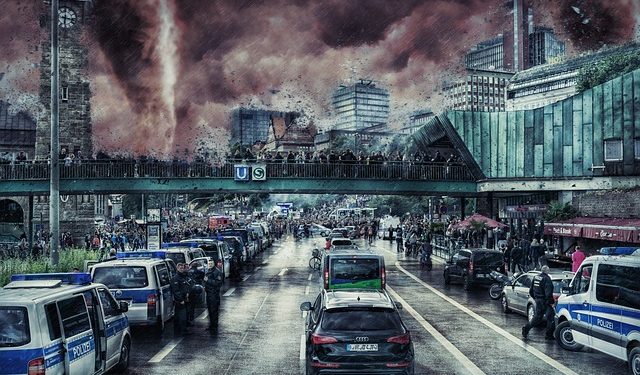With the recent devastation in Tacolu, Puerto Rico, many are wondering if the government has any contingency plans for a disaster-proof city in the Philippines. In fact, there is a plan. The country already has many natural disaster management and disaster recovery plans in place. The question then is how do you go about establishing a ‘back-up’ city?
The first step is to look at the natural disasters that affect the Philippines. One of the most common natural disasters is a hurricane or typhoon. There are two types of typhoons in the Philippines; category A which causes maximum damage, and category B which has less damage but can be life-threatening. Both have the ability to completely devastate a town or city and have the ability to take over the airport, electrical grid, etc.
Another natural disaster floods. This can also happen in the country – in fact, it is the most common reason for the development of the country. Water is a very valuable resource. When the area gets water flooding, it can completely wipe out a town or city and make it uninhabitable. As the saying goes – ‘Prevention is better than cure, hence, having a backup ‘back-up’ city is a wise move.
Coastal areas are also prone to water inundation. The city of Manila, for example, has been threatened with a repeat of Superstorm Yasi due to its high tides. Other coastal cities like Caticlan and Davao do suffer from this problem on a regular basis.
There are rivers that have the potential to flood. These include the Mendocino and the Zambezi. In a worst-case scenario, these rivers could completely destroy an entire village. It would be a huge loss to the people living in the affected areas and their property as well.
There are natural disasters that involve earthquake activity. Earthquakes cause mudslides. If mudslides occur in a populated area, the flood could destroy houses, crops, shops, and other assets. This can be devastating for the victims. A local government should be involved in controlling such situations to prevent casualties from occurring.
There are some instances when a natural disaster doesn’t have any connection with human activity. A volcano, for instance, erupts without warning. When this happens, lava and rock are sent flying through the air. If this is not controlled by the local government, there can be a serious impact on the environment and communities. It can cause devastation to lives and properties.
A natural disaster is one of those things we cannot avoid. The best we can do is to prepare ourselves and our property better. There are also preparations made by organizations for natural disasters, such as earthquake preparedness, and flood and storm preparedness. Being prepared is better than being powerless in times of disaster.
One important thing to remember is that natural disasters are not random. There is a reason why they happen. When a natural disaster strikes, you should know where the damages will be and what to do during and after the event. You should do some research on what the damage is, who is affected and how extensive the damage will be. This way, you will know what to expect and be able to address any damage in advance.
Having a ‘backup’ city or place to live during natural disasters is crucial. This will help you during times of need. In case of flooding or a hurricane, your home will most likely be flooded. You will then have to leave your house. If you live in an area with a levee system, it will protect your house from the floodwaters.
Another example is when the storm hits areas that are in danger of being hit by hurricanes. Your home is at risk and you should take immediate action. Having a place to stay such as hotel rooms, campsites or restored homes will ensure that you will not lose everything.
Having an ‘out-of-the-way’ area to live in is also advantageous. If there are parts of the city that have been severely damaged, you can move to an undamaged part. Of course, being in an area that has not been devastated yet will not guarantee safety. You can still encounter destruction around you. But if there is a ‘back-up’ place to shelter in, then you can at least have safety and security.






























